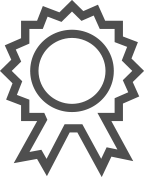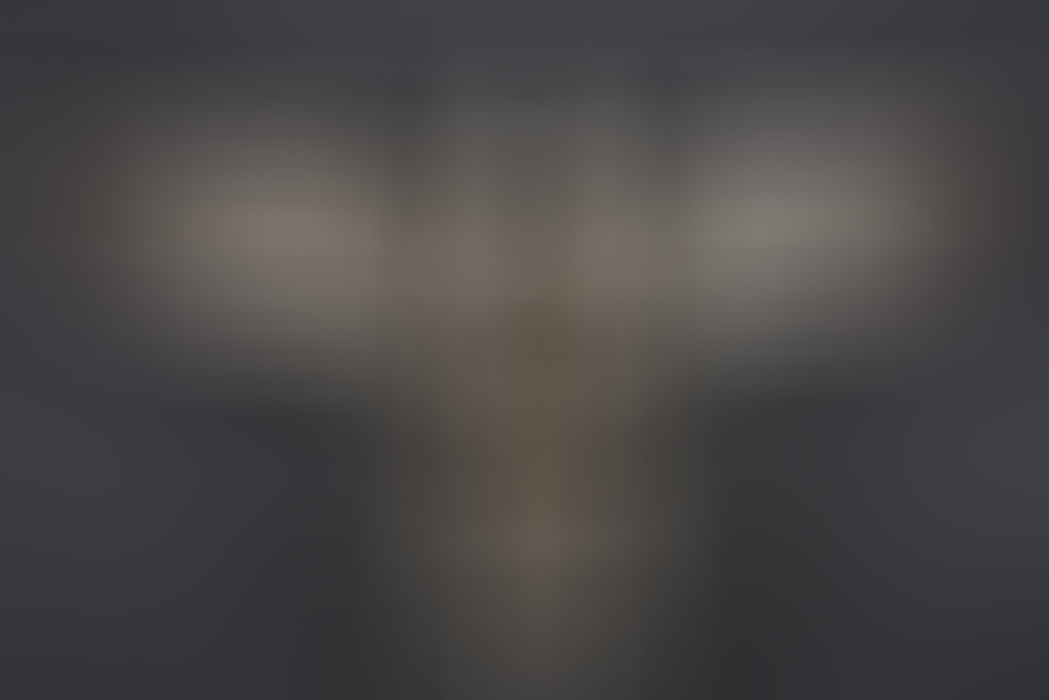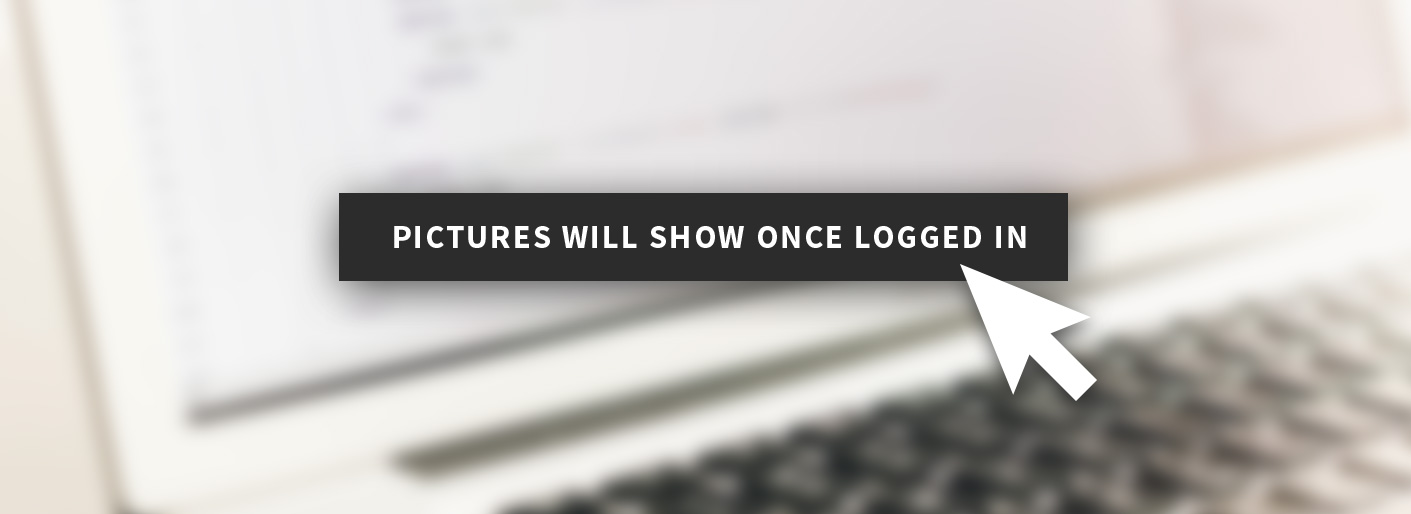4th USA auction
Bidding on 535 lots has ended on 25th June 2023. 76% of all lots sold
-
PAYMENT
-
HOW CAN I PAY FOR MY ORDER?
AUCTIONSYou will receive an e-mail confirming your successful bids the day after the auction has ended. In your personal my ratisbon's you will be able to inform us about your most convenient payment method for this order or tell us about an alternative shipping address.
If we don’t hear from you within 24 hours, we will send an invoice choosing the payment and shipping options which we think are the most comfortable ones to you. If you decide to change your shipping or payment method after receiving your invoice, just drop us a line or visit my ratisbon's/ORDERS for any more details.
SHOP ORDERSChoose your payment method when ordering and submit your order. Once your order has been received we will send an invoice including your shipping costs and your payment instructions.
After receiving the invoice, the order must be paid within 7 days.
Please contact us to discuss layaway options.To learn more about paying at ratisbon's, please see your FAQ pages.
WE ACCEPT FOLLOWING PAYMENT METHODS
-
-
Versand
-
HOW DO YOU SHIP MY NEW TREASURES?
PACKING & TRACKINGWe usually send out orders within 1-3 working days after your payment has been received. In most cases, we are faster than this! We will inform you when your goods are being dispatched and provide a tracking number, In addition, you can always check your order status at my ratisbon's/ORDERS. Delivery times will vary depending upon the delivery destination and type of shipping service you have chosen.
SHIPPING TO ALTERNATIVE ADDRESSIf you prefer to have your order shipped to your work address or a friend during your absence, we will happy to arrange this for you. Send us an email letting us know about your new shipping address and we will be happy to send an updated invoice to you.
OUR LOGISTIC PARTNERS ARE AS FOLLOWS
-
-
OUR GUARANTEE
-
 OUR GUARANTEE!
OUR GUARANTEE!We only offer collectables which to the best of our specialists knowledge are authentic. About 15% of all consignments are returned to the consignor after extensive research due to authenticity issues.
Unlike traditional auction houses we do offer a full right of return. If you are not satisfied with what you won or bought, you may return it within 14 days. Please inform us and we will instruct you on how to return the goods. For more information, please visit FAQ pages.
Important note: Cancelling bids after an auction may disappoint the consignor, who like you is a collector. This situation is easy to avoid. We encourage you not to bid on any collectable if you are unsure if it fits into your collection. Ask us to cancel your bid 24 hours prior to the end of an auction to avoid this situation.
-
COUNTRY Germany 1918 - 1945
DIMENSIONS 64 x 140 cm
WEIGHT 7.7 kg
 US LOT 68-0002
US LOT 68-0002EAN 3000000027738
 US LOT 68-0002
US LOT 68-0002PERIOD 1918 — 1945
COUNTRY Germany 1918 - 1945
MATERIAL aluminum
DIMENSIONS 64 x 140 cm
MAKER
WEIGHT 7.7 kg
COUNTRY Germany 1918 - 1945
 US LOT 68-0002
US LOT 68-0002DIMENSIONS 64 x 140 cm
EAN 3000000027738
MAKER
WEIGHT 7.7 kg
Description
Aluminum based, curved locomotive bow eagle with a wingspan of 139.7 cm and a height of 63.8 cm. The wreath has a diameter of about 23.2 cm and the swastika is 14.0 cm. The reverse shows that the upper part of the wings is folded back, and the eagle’s head and neck are hollow. The leaves of the wreath run up to the claws. Only one seam.
The book on the topic remarks that only 5 of these eagles were found at that time. Three had a repaired swastika and two had welded wings. GIs had to fit those enormous eagles into transport boxes and had no choice but to cut them down. The book states further that one eagle was shipped in one piece as the GI had access to proper packaging.
This eagle is to believe the only one outside of two rail museums in Germany. Both the Technick Museum in Berlin and in Nurnberg show this eagle on electric train engines that are on display.
This eagle was part of the famous Roger Bender collection.
About fast locomotives:
There have been efforts to improve the aerodynamics of steam locomotives since around 1900.
However, systematic tests on the aerodynamics of steam locomotives were not made in Germany until the 1930s. In addition to examining the aerodynamics, it was also necessary to determine the extent to which the engine of the locomotive, in particular the bearings, heat up due to a lack of air supply. The sufficient supply of combustion air under the grate was also an important point.
The tests showed that a faired locomotive had a power gain of 290 hp over the un-faired version at 120 km/h; at 140 km/h it was even 385 hp. With an indicated output of 1980 hp, this was a gain of around 15 and 20 percent, respectively.
The results of these investigations were incorporated into the design of the two class 05 express locomotives, both of which were delivered in 1935 with complete streamlining.
In the meantime, the class 61 tank locomotive, also with full fairing, was created and intended for express traffic between Berlin and Dresden. There was a suitable wagon set for this, the so-called Henschel-Wegmann train, which was aerodynamically adapted to the locomotive. A second example of this type of locomotive was built in 1939 in a slightly modified form.
Another express locomotive with streamlined livery was the DR class 06, two of which were delivered by Krupp in 1939. In the same year, the first DR class 01.10 and DR class 03.10 locomotives were put into service. Here, for the first time, a larger series of locomotives with streamlining was manufactured, namely 55 units of the 01 10 series and 60 units of the 03 10 series. The shape of the casing of both series was similar but differed visually from the previous streamlined locomotives.
The last Reichsbahn locomotive with streamlining was added in 1941 with the class 19 10, a steam engine locomotive with single-axle drive. Its fairing was visually like that of the 01.
In addition to steam locomotives, the E18 and E19 series electric locomotives should also be mentioned, which were designed as streamlined locomotives before the Second World War and were intended to reach speeds of up to 180 km/h in the case of the E19.
Condition
1-
Seller
History Trader Inc., 521 Thorn Street #165, Sewickly, PA 15143-0165, USA



